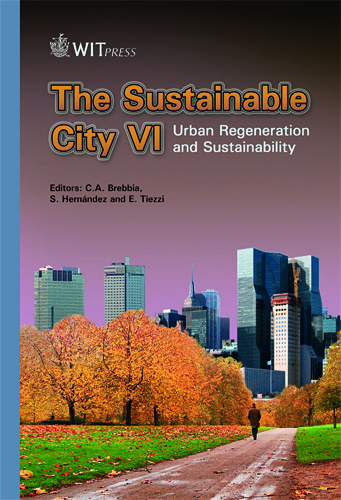Guarantee Of Water Availability And Change In Land Use In The Southern Coastal Area Of The Community Of Valencia (Spain)
Price
Free (open access)
Transaction
Volume
129
Pages
11
Page Range
393 - 403
Published
2010
Size
275 kb
Paper DOI
10.2495/SC100341
Copyright
WIT Press
Author(s)
C. Juárez Sánchez R., M. Hernández Hernández & A. M. Rico Amorós
Abstract
The coast and the pre-littoral zone of Bajo Segura region (Alicante) is a geographical area suffering from a natural scarcity of water resources. However, since 1960 until today, water consumption has increased due to a profound economic, demographic and landscape transformation. Statistical confirmation of this change is verified by the value reached by the use-indicators: participation in the gross domestic product, employment generated, disposable household income, population growth and concentration. The new economic trend has increased the allocation of water resources to ensure the enhancement of the territory. The water infrastructure of Tajo-Segura is that which ensures urban supply and production of the irrigated area. Overcoming water shortages involves converting the risk or bottlenecks into a great productive opportunity embodied in a growing urban/tourist impact, which reduces the irrigated area by competing for water. This dynamic urban-residential process of expansion penetrates from the coast to the inland municipalities because of the increased availability of cheap land and urban planning flexibility. As the prosperity of this area of Alicante will always be linked to solving the problem of water, water conflicts need to be resolved in order to avoid increased competition with other uses of the land. For this reason, the aim of this work is to understand and study the current status of the territorial model as well as to offer a diagnosis of the deficits, advantages and potential for better management of land and water without affecting the environment. Keywords: tourist and residential development, water resources, comparative advantages, sustainability, water indicators, adaptive and integral management.
Keywords
tourist and residential development, water resources, comparative advantages, sustainability, water indicators, adaptive and integral management





